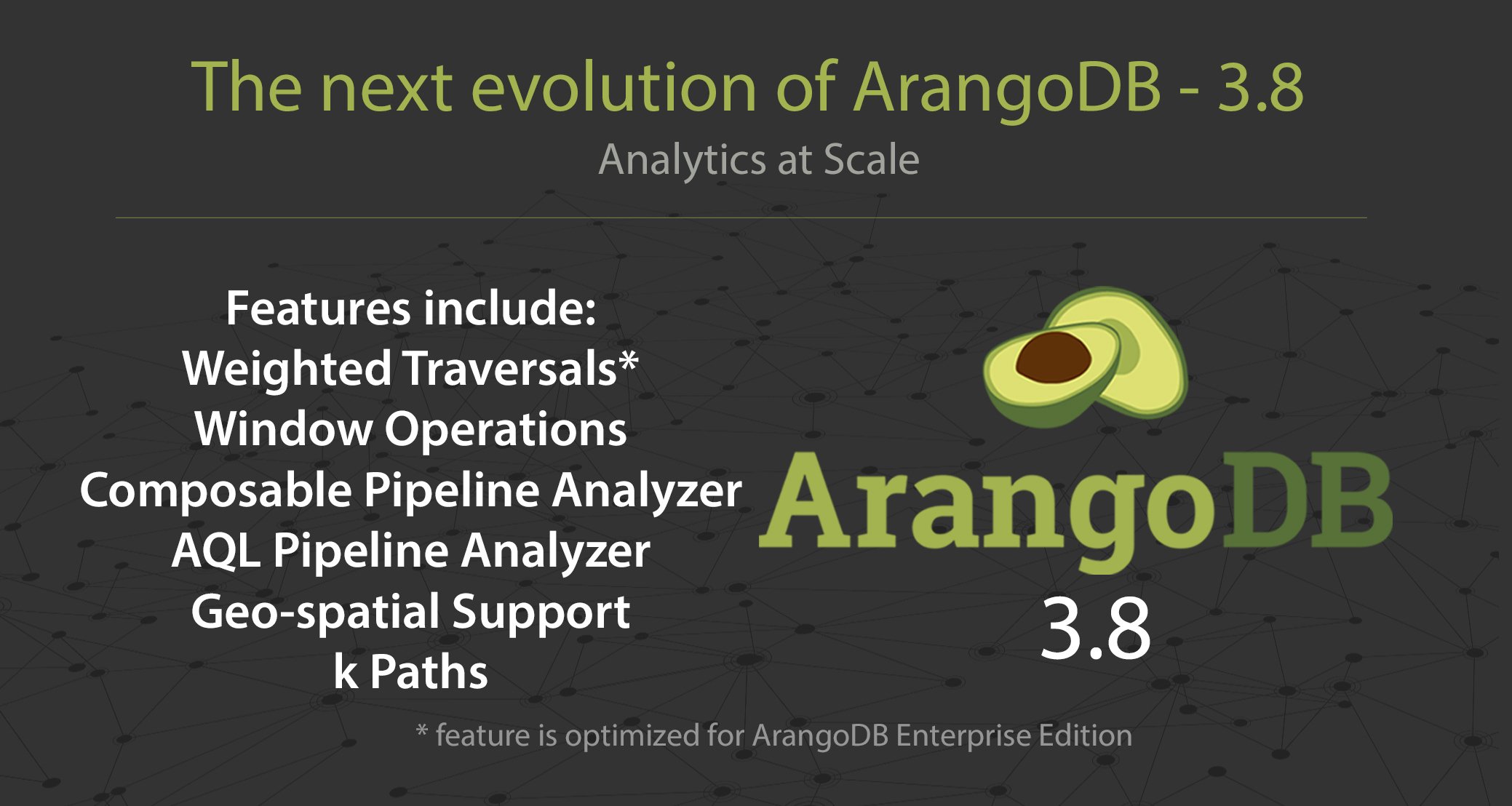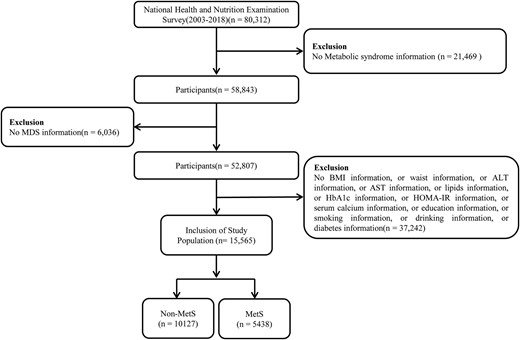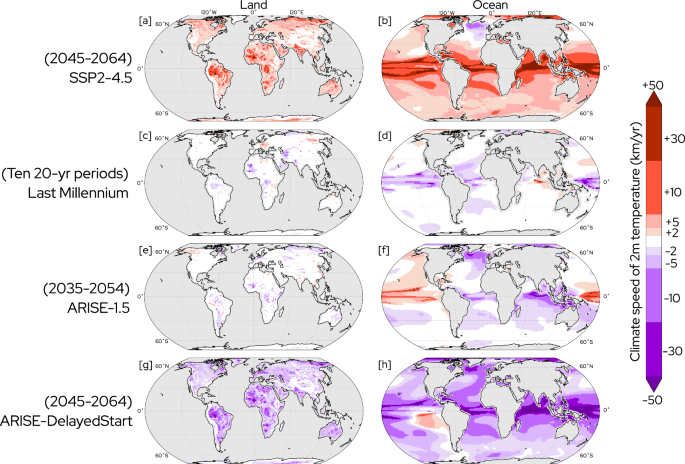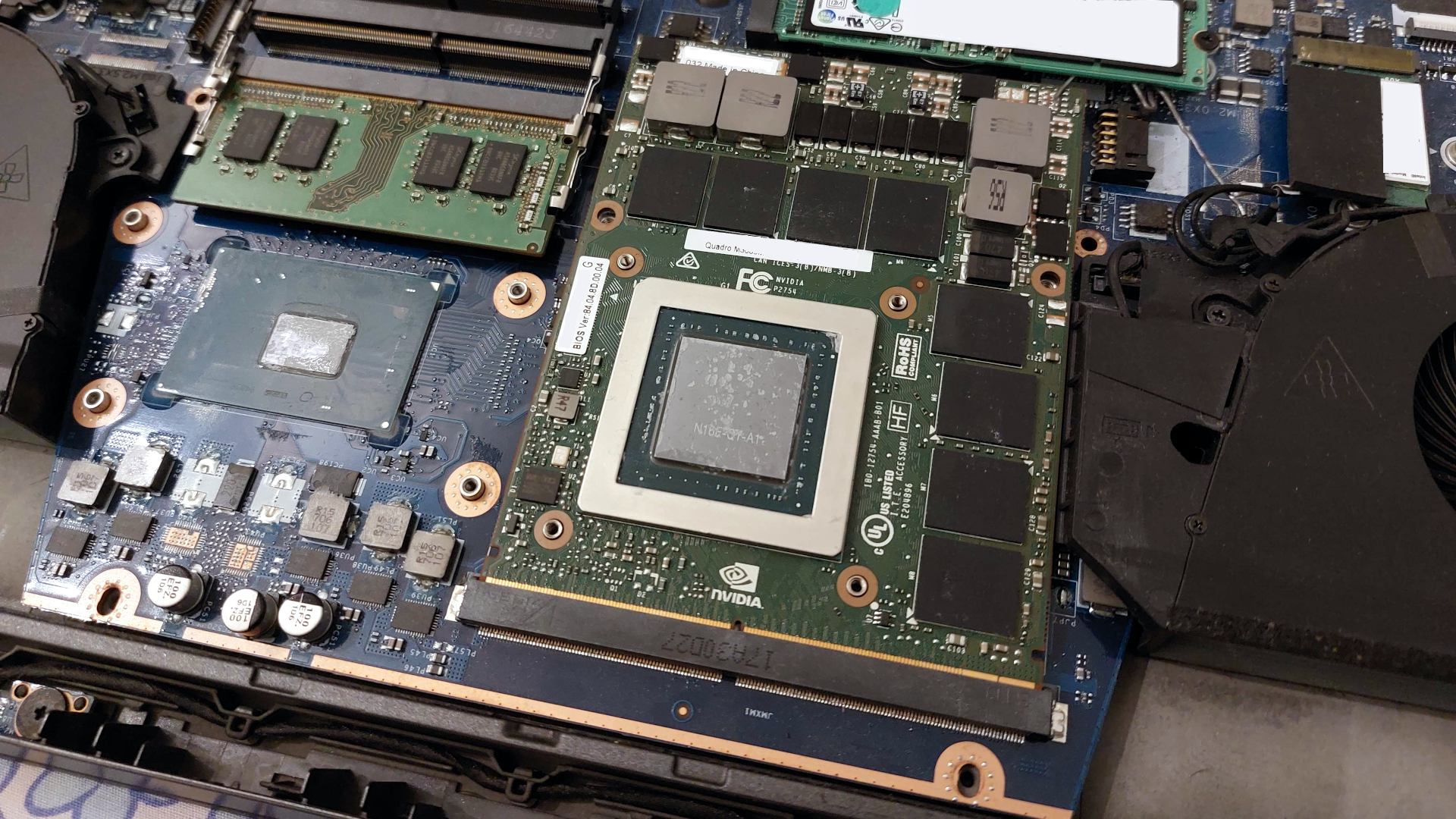
Introducing DirectPV
DirectPV is a CSI driver for Direct Attached Storage. At the most basic level, it is a distributed persistent volume manager, and not a storage system like SAN or NAS. DirectPV is used to discover, format, mount, schedule and monitor drives across servers.
Modern distributed data stores such as object stores, databases, message queues and AI/ML/analytics workloads are designed to run on commodity off-the-shelf servers with locally attached drives. Since they already take care of the critical storage functions like erasure-coding or replication and high-availability, all they need is direct local access to dumb commodity drives in a JBOD configuration (Just a Bunch of Drives). Using network attached storage (NAS) and storage area networks (SAN) hardware appliances for these distributed data services in a Kubernetes environment is both inefficient as well as a Kubernetes anti-pattern. You will be replicating already replicated data while introducing a second network hop between the drives and the host. Neither are necessary. This is true even for hyperconverged infrastructure.
Kubernetes early on introduced primitive support for locally attached storage via the Hostpath and LocalPV features. However, since the introduction of Kubernetes Container Storage Interface (CSI) driver model, this job has been left to the storage vendors to extend the functionality outside of the core Kubernetes.






















